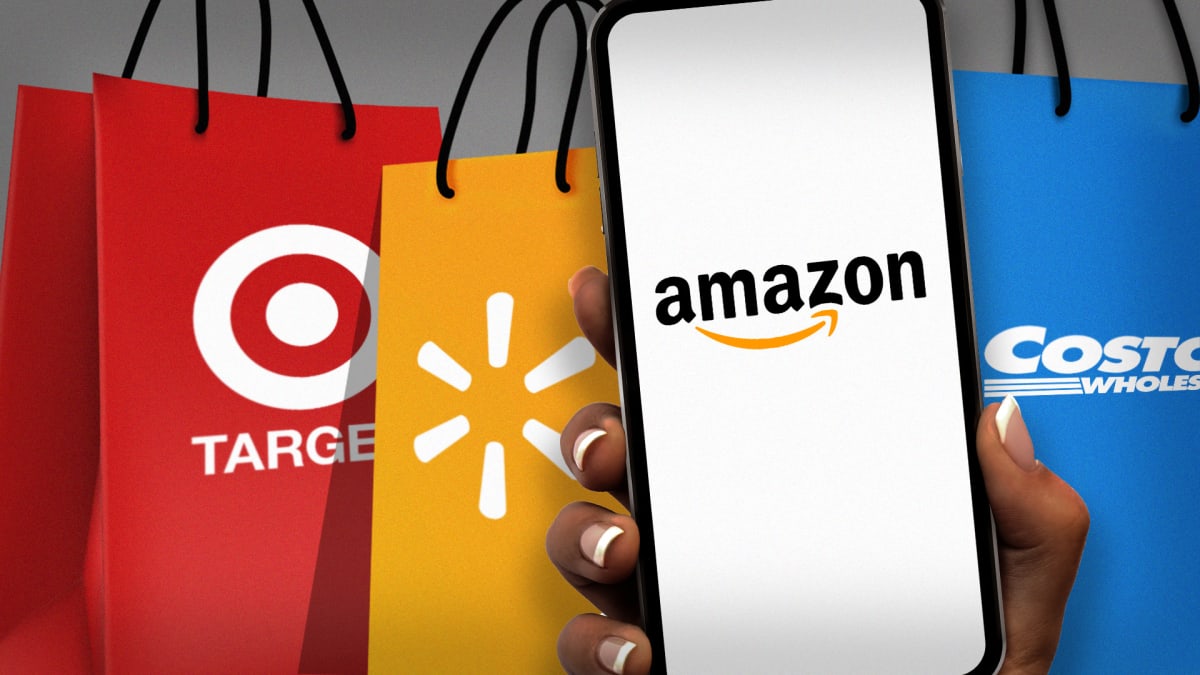
Back when Black Friday meant people lining up outside of stores to battle for the hottest toys and cheap electronics, the holiday season sometimes produced a surprise winner. Maybe J.C. Penney had a good quarter because the traffic driven by more successful stores fed it customers or maybe an especially hot item powered an unlikely winner to a good season.
Now, for a variety of reasons, holiday retail has changed and in this (sort of) post-pandemic reality the best deals and biggest selection of in-demand items will be offered by retail's biggest players. Amazon (AMZN), Walmart (WMT), Target (TGT), and Costco (COST) have all faced struggles over recent quarters, but they're still the best-positioned retailers for the holiday season.
That doesn't mean that niche players like Five Below (FIVE) won't have a strong holiday season, some will, but 2022 will be a year where the strong get stronger and that's something both shoppers and investors should be aware of.

Shutterstock
The Supply Chain Benefits Big Retailers
Target and Walmart both had to admit some major supply chain and inventory issues this year. Both companies ended up with too many bulky items like televisions that sold well during the height of the pandemic. When demand slowed, both chains made the decision to sell off items that did not fit their holiday plans.
That was a painful decision in the short term, but customers certainly saw it as a positive, so there was added goodwill for both chains. More importantly, Walmart and Target have the money to not have to hold onto bad inventory in order to clear space for what will sell.
Costco has a much more limited selection of inventory, which gives it the buying power to cut to the front of the line when supply is limited. The warehouse club gets what it wants simply because its orders are so big.
Amazon has had its struggles given the wildly varying demand caused by the pandemic. It too, however, used an added Prime Day as a way to clear its warehouses and rightsize its inventory for the holiday season.
All four of these companies have simply spent more on supply chain and inventory management than their rivals. That's always an edge, but it's a massive one this year.
Investors Take a Look at Big Retail
Analysts often use quarterly numbers to justify buying or selling a stock. Long-term investors ask questions like, "regardless of how the stock price moved, do I think this company will be a leader in its category for years to come?" It's hard to look at Target, Walmart, Amazon, or Costco and not think that will be the case.
That creates some interesting buying opportunities when you look at these stocks year-to-date:
- Amazon: -44.76%
- Target: -29.55%
- Costco: -5.69%
- Walmart: 5.37%
The market has punished all of these companies for macroeconomic problems they don't control. In most cases, margins have dropped because these retailers have selectively opted to not pass on higher prices fully to their customers.
That may be a balance sheet negative for a quarter or even a few of them, but it's a massive edge in the marketplace long term. As an investor, it's hard to imagine a world where these four companies don't continue their sales dominance, driven by having the ability to do customer-friendly things like maintaining value relative to the competition.
There might be a surprise winner this holiday season, but it's unlikely we see any surprise losers from this group.







